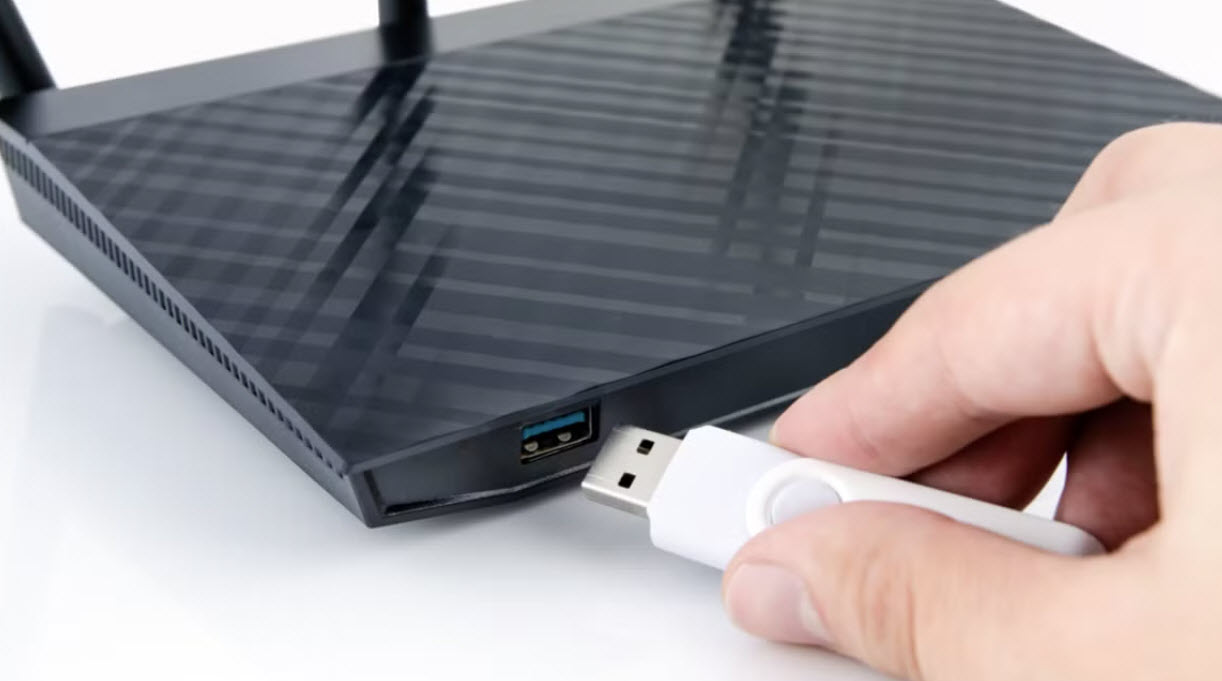Millions of Wi-Fi routers sit in homes worldwide with a mysterious, underused feature: a USB port. PCWorld reveals this port holds untapped power to transform your network. Here’s how to turn it into a multitasking marvel.
1. Create a Cheap NAS (Network-Attached Storage)
Plug an external hard drive into your router’s USB port. Instantly share files across all devices—no cloud fees. Access movies, documents, or backups anywhere at home.
2. Stream Media Like a Pro
Turn your router into a media hub. Connect a USB drive loaded with movies or music. Stream directly to smart TVs, phones, or gaming consoles.
3. Share Printers Wirelessly
Got a USB printer? Plug it in. Suddenly, every device on your network can print—no need for Bluetooth or tangled cables.
4. Charge Devices in a Pinch
Forgot your phone charger? Use the router’s USB port as a backup power source. Perfect for emergencies or crowded outlets.
5. Run a Personal VPN Server
Advanced users can install VPN software on a USB-connected Raspberry Pi. Secure your entire network with DIY privacy protection.
6. Host a Website or Blog
Attach a USB drive with server software. Host a low-traffic site directly from your home network—ideal for hobbyists or testing.
7. Automate Downloads 24/7
Set up a “download station” with apps like Transmission. Plug in a USB drive, and let your router grab files while you sleep.
8. Boost Smart Home Storage
Security cameras or smart devices eating storage? Route their data to a USB drive. Free up space without upgrading hardware.
9. Update Firmware Easily
Some routers let you update firmware via USB. Download the file, plug it in, and avoid risky over-the-air updates.
10. Create a Guest Network Hub
Share a USB drive with public files (menus, maps) via a guest Wi-Fi network. Great for small businesses or Airbnb hosts.
Why This Matters Now
Routers with USB 3.0+ ports cost under $100. Yet, most users ignore this feature. “People don’t realize it’s a Swiss Army knife,” says tech analyst Mark Lee.
Security Warnings
- Always encrypt USB drives. Open networks risk exposing sensitive data.
- Use strong passwords for shared folders.
- Update router firmware to patch vulnerabilities.
How to Get Started
- Check your router’s specs—supports USB 2.0 or 3.0?
- Format your USB drive to FAT32 or NTFS.
- Access router settings via browser (e.g., 192.168.1.1).
- Enable USB sharing and set permissions.
The Future of Router USB Ports
Experts predict AI integration. Imagine routers auto-organizing files or syncing with smart devices via USB. The humble port could soon rule smart homes.













